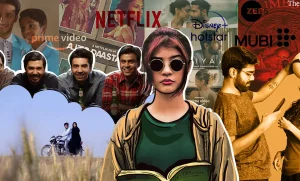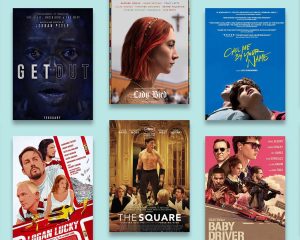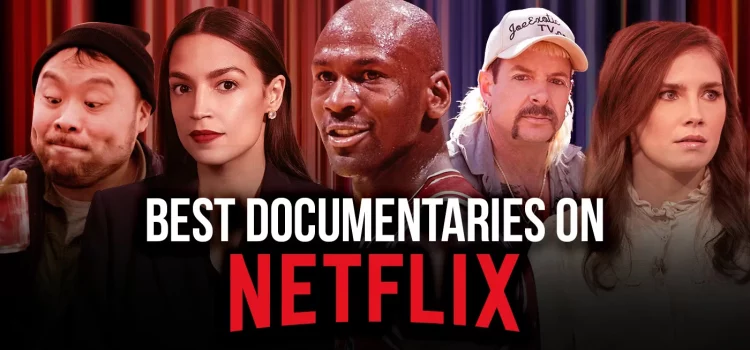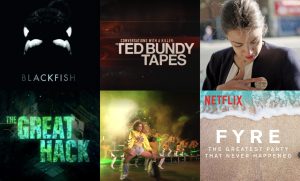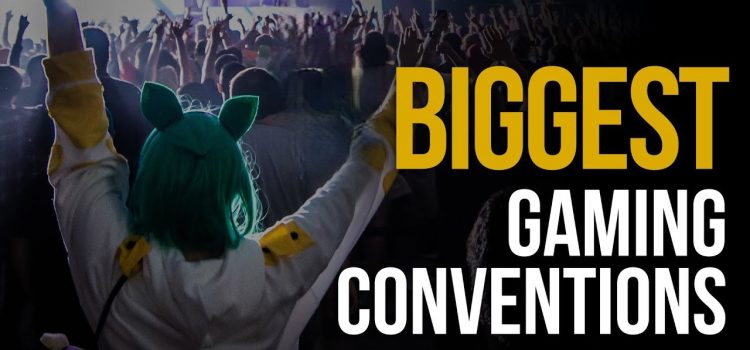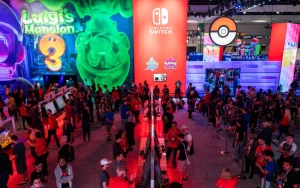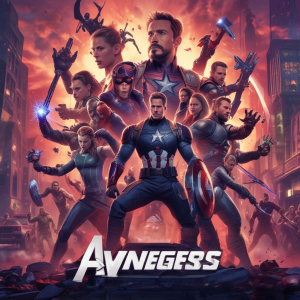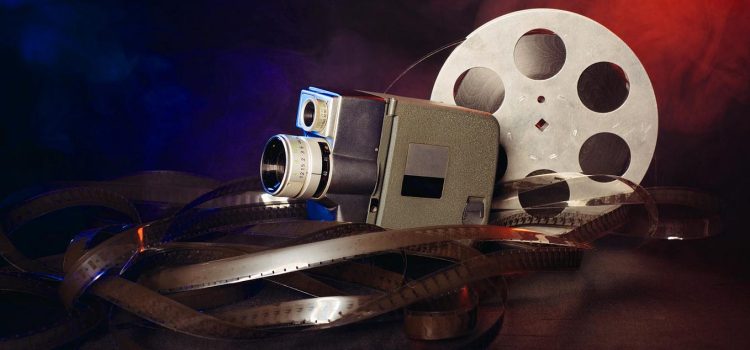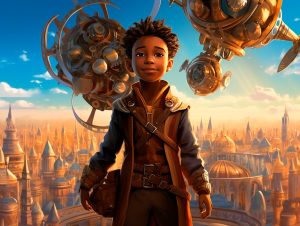
Introduction
Fashion has long been an essential element of storytelling in both film and television. Whether it’s the costume choices that define a character’s personality or the wardrobes that become iconic, fashion plays a significant role in shaping narratives, evoking emotions, and influencing culture. From period pieces to contemporary dramas, the fashion choices seen on screen often reflect societal trends and can even set new ones. This article delves into the deep connection between fashion and entertainment, exploring its impact on storytelling, character development, and how it shapes pop culture.
Fashion and Character Development

One of the most powerful uses of fashion in film and television is in the development of characters. The clothes a character wears can reveal a great deal about their personality, background, and motivations. Costume designers carefully select garments that align with the storyline, offering subtle clues to a character’s emotional state or role within the plot.
Take, for example, the iconic wardrobe of Carrie Bradshaw from Sex and the City. Her bold, eclectic fashion choices not only make her a style icon but also symbolize her character’s adventurous and independent spirit. On the other hand, the minimalist style of Don Draper in Mad Men speaks volumes about his desire for control and conformity within the social confines of the 1960s.
In this way, fashion becomes more than just a visual element it becomes a narrative device, helping the audience to understand a character’s journey without the need for words.
The Impact of Fashion on Pop Culture

Fashion in film and television has the power to influence public trends and consumer behavior. When characters wear particular brands or styles, these choices often become cultural touchstones. Movies and TV shows have a long history of influencing fashion trends, from Audrey Hepburn’s chic outfits in Breakfast at Tiffany’s to the grunge aesthetic popularized by Friends in the ’90s.
A modern example is the impact of The Devil Wears Prada, where the character of Miranda Priestly, played by Meryl Streep, embodied high fashion, prompting many to aspire to similar stylish looks. Similarly, the popularity of Euphoria has led to an explosion of bold, experimental fashion among younger audiences, particularly in makeup and accessories.
The media’s portrayal of fashion trends helps shape societal norms and expectations, making it an influential force beyond just the screen. Fashion, through film and television, serves as both a reflection and a driving force in how we perceive style in real life.
Fashion as a Storytelling Tool

Fashion also serves as a storytelling tool, conveying messages about the world in which the characters live. In historical dramas, fashion provides a window into the time period being portrayed, helping audiences to understand the setting without extensive exposition. For example, the elaborate costumes in Game of Thrones convey the wealth and power of each family, while the simple yet functional wardrobe of the characters in The Walking Dead mirrors the dystopian world they inhabit.
In contemporary stories, fashion choices can be used to express the themes of the narrative. In The Hunger Games, for instance, the Capitol’s extravagant outfits and excessive accessories represent the oppressive, consumerist nature of the society. Through these visual elements, fashion becomes an extension of the world-building process, giving deeper context to the emotional and social layers of the story.
Iconic Fashion Moments in Film and Television

Certain fashion moments in film and television have become iconic, standing the test of time and influencing fashion far beyond the screen. These moments often encapsulate key themes in the narrative and become instantly recognizable to audiences. Examples include:
- Audrey Hepburn in Breakfast at Tiffany’s: The little black dress, paired with pearls and a tiara, epitomized elegance and remains a defining symbol of 1960s fashion.
- Cher Horowitz in Clueless: Her plaid outfits, designed by costume designer Mona May, became synonymous with the ‘90s and are still frequently referenced in fashion today.
- The cast of Sex and the City: Each character had a distinct style that spoke to their individual personalities, and their fashion choices have left a lasting mark on how women dress for both formal and casual occasions.
These iconic fashion moments not only define the characters but also contribute to a cultural phenomenon, showcasing the lasting power of fashion in entertainment.
The Influence of Designers and Fashion Houses

The relationship between fashion designers and the entertainment industry is symbiotic. Designers often collaborate with filmmakers to create costumes that not only tell the story but also elevate the visual experience. In return, films and television shows provide designers with a platform to showcase their creations to a global audience.
Brands like Chanel, Dior, and Gucci have long been featured in films, often playing a critical role in defining a character’s class and sophistication. In some cases, fashion houses even design pieces specifically for characters in films. For example, the wardrobe of the character Marie Antoinette in Sofia Coppola’s Marie Antoinette (2006) was a collaboration with luxury designers to evoke the opulence of the 18th century, while also providing a modern twist that reflected the director’s vision.
Fashion and Its Role in Shaping Gender Norms

Fashion in film and television also plays a critical role in shaping and challenging traditional gender norms. Historically, men and women were confined to specific sartorial expectations, with women expected to wear dresses and men in suits and ties. Over time, these boundaries have been broken down, with filmmakers using fashion to push gender boundaries and portray more fluid concepts of masculinity and femininity.
In shows like RuPaul’s Drag Race and films such as The Danish Girl, fashion becomes a way of exploring and expressing gender identity. These shows and movies use fashion as a tool for self-expression and to challenge societal norms, offering a platform for marginalized voices in fashion.
The Role of Fashion in Setting Mood and Tone

Fashion is also instrumental in setting the tone and mood of a scene or entire film. The color palette, fabric choices, and overall design can heighten emotional tension, amplify themes, or create a sense of escapism. In The Great Gatsby (2013), for instance, the extravagant 1920s costumes reflect the opulence and decadence of the Jazz Age, amplifying the film’s themes of excess, wealth, and the fleeting nature of the American Dream.
The visual aesthetic of fashion in a film or TV show directly impacts how the audience perceives the atmosphere, adding another layer to the storytelling.
Fashion as a Reflection of Society

Fashion in film and television also acts as a mirror of the society in which the story takes place. Movies and shows often use clothing to show how different social classes or groups are portrayed. For example, historical dramas might use period-specific fashion to show the way people lived during that time. In contemporary films, fashion can highlight the difference between different social groups, such as the wealthy or the working class. By showing how people dress, films and TV shows reveal a lot about the social and cultural values of the time.
Fashion and Audience Connection

The fashion seen in film and television helps the audience connect with the story. When viewers see characters dressed in styles they admire or relate to, they feel closer to the characters and the story. Fashion can also create a sense of nostalgia, reminding viewers of certain periods, trends, or memories. This connection can make the film or show more memorable and impactful. Whether it’s the bold colors in Stranger Things or the glamorous outfits in The Crown, the fashion used in entertainment has a special way of resonating with the audience.
The Future of Fashion in Film and Television

The future of fashion in film and television looks exciting, as the relationship between the two continues to evolve. With technology, designers now have more tools to create innovative costumes, even for fantastical settings. Virtual reality and 3D design are opening new doors for fashion on screen, allowing for more detailed and imaginative designs. Additionally, as conversations about sustainability grow, the entertainment industry may begin to focus on eco-friendly fashion choices. Overall, fashion will continue to play a crucial role in storytelling, shaping the characters, themes, and trends of the future.
Comparative Table: Fashion’s Impact in Film vs. Television
| Aspect | Film | Television |
|---|---|---|
| Storytelling Role | Fashion is often more elaborate, used to reflect themes or set periods. | Fashion serves more to define characters over a series. |
| Cultural Influence | Often leads to global trends with broader impact. | Influences niche or regional trends. |
| Character Development | Fashion reveals the character arc through a shorter time frame. | Fashion can show more gradual character evolution. |
| Iconic Moments | Film has more iconic fashion moments that transcend the plot. | TV has recurring styles that evolve with character development. |
| Budget and Scope | Generally has larger budgets for elaborate designs. | Often constrained by lower budgets, leading to practical design choices. |
Analysis Table: Key Fashion Trends in Film and Television
| Film/TV Show | Fashion Trend | Impact on Culture | Character Representation |
|---|---|---|---|
| Breakfast at Tiffany’s | Little Black Dress | Became a timeless symbol of elegance | Reflects Holly Golightly’s sophistication and independence |
| The Devil Wears Prada | High fashion and designer labels | Reinforced the importance of fashion in corporate settings | Miranda Priestly embodies power and control |
| Sex and the City | Eclectic, bold outfits | Inspired women to embrace personal style | Carrie Bradshaw reflects freedom and self-expression |
| Game of Thrones | Medieval-inspired costumes | Popularized renaissance fair and fantasy fashion | Reflects social hierarchy and the wealth of noble families |
| Euphoria | Bold, experimental fashion | Reached younger audiences with a focus on individuality | Characters’ styles represent their emotional struggles and self-expression |
Conclusion
The role of fashion in film and television is more than just about clothes; it is an essential part of storytelling that can define characters, set the mood, and influence culture. From the iconic styles that shape our personal wardrobes to the deeper layers of character development, fashion has an undeniable impact on both the entertainment industry and society at large. Whether used to reflect a time period, challenge gender norms, or simply add visual flair, fashion’s connection to film and television will continue to evolve and shape the way stories are told for years to come.
Final Thoughts
Fashion in film and television has become an integral part of modern storytelling, transcending its role as a mere aesthetic element. It is a powerful tool used to express deeper themes, define characters, and influence cultural trends. As fashion continues to play a vital role in shaping the way we consume media, it is clear that its importance in film and television will only grow in the future.





































